As an economic inflection point nears, we expect volatility to remain high
If you’re seeing or hearing the word “recession” more often in recent weeks, you’re not alone. The body of evidence of an impending economic slowdown is starting to grow. After a robust start to the year, the recent spike in volatility can be attributed to market participants starting to adjust asset allocation models to reflect a rising level of risk. While year-to-date equity market gains appear above average, it is interesting to note that all of these gains were registered in the first four months of the year, with most global equity markets currently trading lower than April 30th levels. It is also noteworthy that equity markets are relatively unchanged compared with August 2018 levels. As the economy approaches a potential inflection point, the hottest debate on Bay Street and Wall Street is whether stocks/bonds are cheap or expensive. Varying interpretations of the economic “tea leaves” is the tug of war currently unfolding in the marketplace. With an investment style tilted toward value and capital preservation, we continue to advocate a defensive investment strategy as we think near-term risks outweigh upside opportunities.
While trade wars, central bank policy, and political climate are all important factors, ultimately, the most important determinant of economic activity in the U.S., Canada, and other western nations is the consumer. In the U.S., reasonable proxies to gauge consumers’ health are employment and big-ticket purchases such as housing. Although both important data streams are at cyclically strong levels (see exhibit 1), we note that the rate of change has been decelerating, suggesting that the pace of economic growth is also set to slow. As investors, the rate of change is more important than the absolute level of these statistics. In the current environment, trade war/peace, interest rate hikes/cuts, and political
instability/stability can serve to hasten or delay the inevitable economic inflection point. Had it been 2010, 2012, or even 2014, and the runway for economic expansion was still lengthy, we would more willing to be aggressively positioned in our asset allocation. However, at this late economic stage, with trade, interest rate, and political tensions on the rise, we think being aggressively positioned is akin to overstaying your welcome.

The ABCs of RESPs
A Registered Education Savings Plan (RESP) is a government instituted program that lets Canadians save money on behalf of a child for educational expenses on a tax-deferred basis. This means that you don’t have to pay tax on the investment income until the money is withdrawn. To make matters even better, when you withdraw funds from a RESP the income is taxed in the hands of the child, who presumably has a lower taxable income than the contributor. Often this can result in minimal or no taxes owing on investment income. Another significant benefit of RESPs is the Canada Education Savings Grant (CESG). Through the CESG the government will match RESP contributions at 20%, up to a maximum CESG grant of $500 per year per child. This is essentially an instant 20% return on every dollar
contributed up to $2,500.
It is important to note that there is a lifetime contribution limit of $50,000 per child, and a lifetime CESG grant limit of $7,200 per child. This translates to 14.4 years of contributing at $2,500/year to maximize the CESG benefit, so the sooner you get started saving the better. In order to draw from the RESP, the student must present official proof of enrollment documentation from a post-secondary education institution. RESP money can be withdrawn to pay for education related expenses including tuition, housing, and school supplies (including items like laptops).
The taxation rules around RESP withdrawals are more complex than for RRSPs. To make things clearer, its useful to split RESP money into 2-buckets: Contributions, and Educational Assistance Payments (EAP). Contributions are any money that you initially contributed to the account, while EAP consists of all investment income, and CESG.
- Since contributions are made in after-tax dollars they can be withdrawn once your child starts school with no taxes payable.
- EAP that is withdrawn from the RESP once your child starts university is taxed as income in the hands of the child, and the proceeds must be used for educational purpose.
To better understand how to maximize the benefit of your child’s RESP, stay tuned for an upcoming blog post that will explore RESPs in detail.
Do you have any questions about RESPs? Contact the Rosedale Group today!
